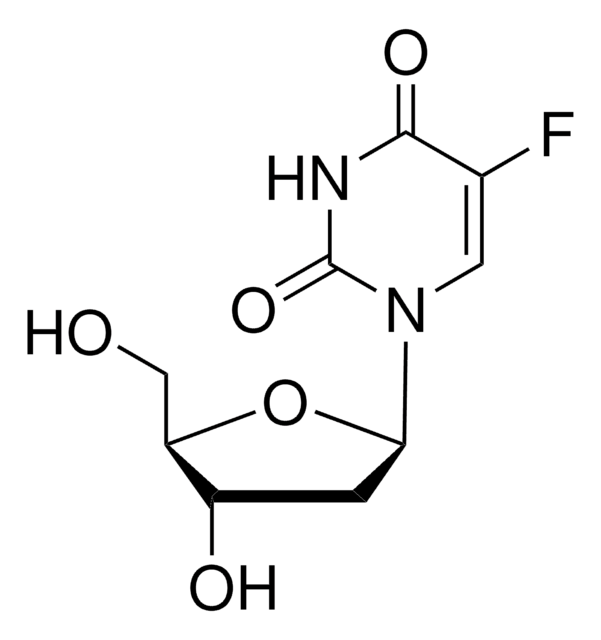推薦產品
一般說明
最近一种新的区域,III1型重复从人胎盘cDNA中被克隆得到,据报道可参与到基质的形成。在一项利用抗体对基质组装所需的纤连蛋白结构域进行分析的实验中,在纤连蛋白的III1型和I型模块上发现了可通过成纤维细胞抑制标记的血浆纤连蛋白结合和不溶化的表位。这提示III1型和I型在纤连蛋白组装的调节中能够起到作用。来自纤连蛋白前两个III型重复的14 kDa片段能够对纤连蛋白基质组装进行抑制的能力进一步支持了这一发现。4 最近发现,以III1重复的C端三分之二为模型的重组片段III1-C可与纤连蛋白结合并诱导纤连蛋白分子自发性二硫键交联成类似于基质纤丝的多聚体
應用
生化/生理作用
包裝
儲存類別代碼
11 - Combustible Solids
水污染物質分類(WGK)
WGK 3
閃點(°F)
Not applicable
閃點(°C)
Not applicable
個人防護裝備
Eyeshields, Gloves, type N95 (US)
客戶也查看了
文章
Fibronectin (FN) is a multifunctional, extracellular plasma glycoprotein produced by hepatocytes that circulates at near micromolar concentration and assembles into extracellular matrix fibrils at cell surfaces along with locally produced cellular FN.
Fibronectin (FN) is a multifunctional, extracellular plasma glycoprotein produced by hepatocytes that circulates at near micromolar concentration and assembles into extracellular matrix fibrils at cell surfaces along with locally produced cellular FN.
Cancer stem cell media, spheroid plates and cancer stem cell markers to culture and characterize CSC populations.
Cancer stem cell media, spheroid plates and cancer stem cell markers to culture and characterize CSC populations.
條款
Dilute fibronectin to the desired concentration. Optimum conditions for attachment are dependent on cell type and application. The typical coating concentration is 1 – 5 ug/cm2.Fibronectin coating protocol, products, and FAQs at sigmaaldrich.com
将纤连蛋白稀释至所需浓度。最佳附着条件取决于细胞类型和应用。常用包被浓度为1–5 ug/cm2。参见sigmaaldrich.com上的纤连蛋白包被实验方案、产品和常见问题解答
Dilute fibronectin to the desired concentration. Optimum conditions for attachment are dependent on cell type and application. The typical coating concentration is 1 – 5 ug/cm2.Fibronectin coating protocol, products, and FAQs.
我們的科學家團隊在所有研究領域都有豐富的經驗,包括生命科學、材料科學、化學合成、色譜、分析等.
聯絡技術服務




